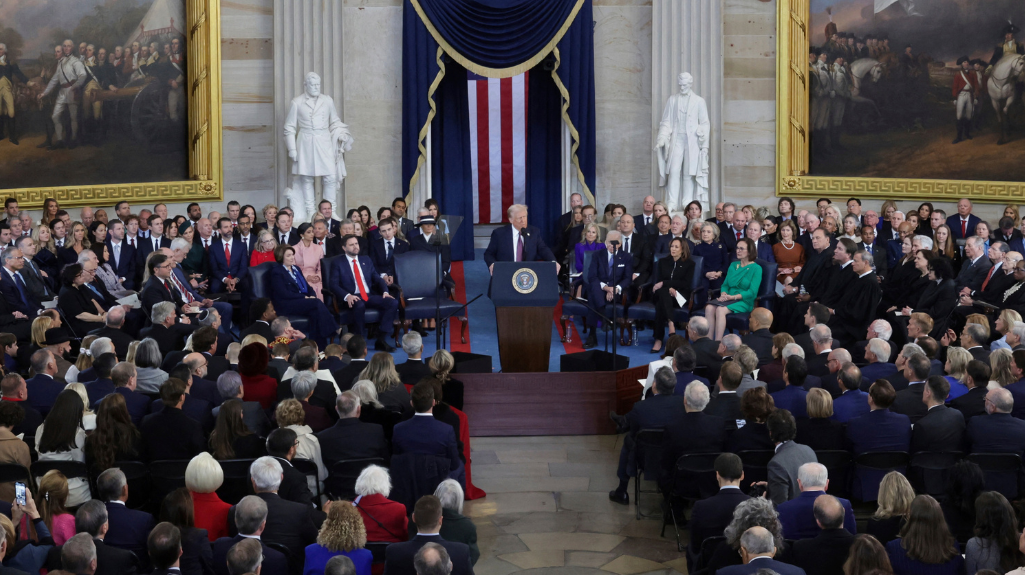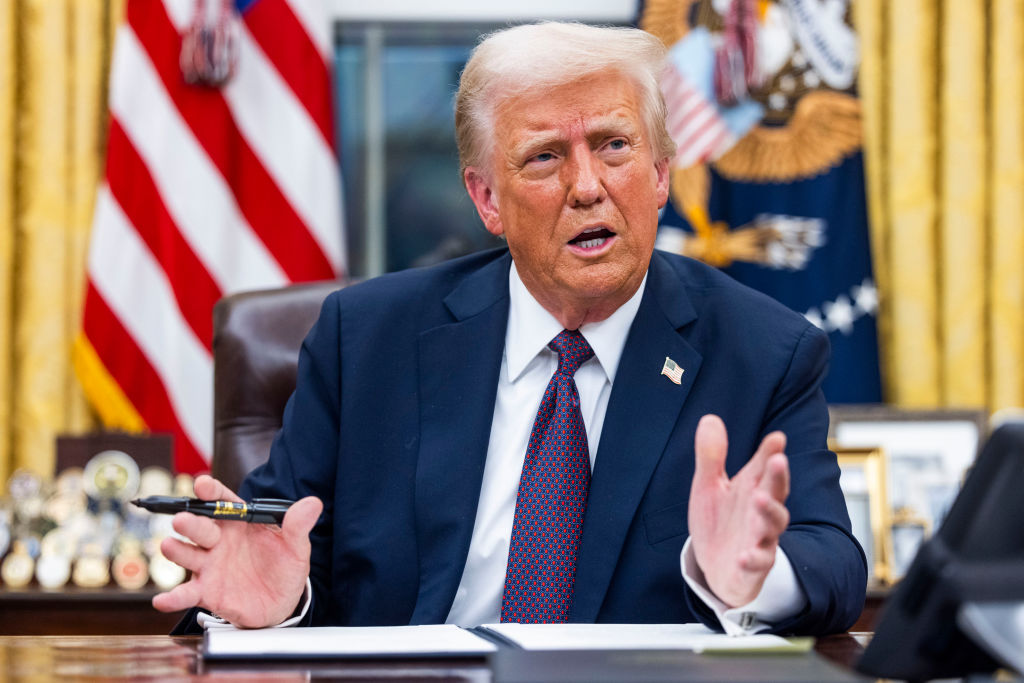Building a Better Border
Building a Better Border
As regional economic integration intensifies both the U.S. and Mexico should “develop a plan for building a border that contributes to, rather than detracts from, North American competitiveness,” writes COA’s Eric Farnsworth for PODER.
News that net migration to the United States from Mexico has reversed and that migration from Asia now outpaces migration from Latin America has, for the moment at least, reduced political pressure to harden the border with Mexico.
While illegal crossings continue, and the sensitive topic of migration remains a factor during this election season, the border continues to function more or less as it always has: as the physical link between the United States and Mexico, where almost $500 billion in two-way trade crosses each year, and almost $1.4 billion crosses every single day.
As North American economic integration intensifies, the importance of the border will increase. That is particularly true in sectors, such as autos, that are no longer “made in the USA” or “made in Mexico,” but, along with Canada, made in North America. Such products cross the border several times during the production process; a thick or inefficient border is a drag on production and reduces global competitiveness.
This reality has intensified since implementation of NAFTA almost 20 years ago. Today, North America is a true co-production platform. Conclusion of the Trans-Pacific Partnership, which Mexico and Canada both joined in June, will continue this integration process as North America engages collectively with Asia. Accelerating economic trends will amplify the role of the border in regional commercial affairs. Fortunately, we have an excellent opportunity to build a better border should we, in the words of Mission: Impossible, choose to accept it.
Once every 12 years, the United States and Mexico hold concurrent presidential elections, offering the potential to work together in a new, fresh manner on topics of highest importance. Between now and early 2013, when both the U.S. and Mexican presidents will have been inaugurated, significant momentum is building to develop a plan for building a border that contributes to, rather than detracts from, North American competitiveness. It’s a critical moment; as trade increases, the border must keep up.
The Obama administration and the outgoing Calderón administration have worked closely together on what they call the 21st Century Border Initiative, an effort to strengthen security and efficiency at the same time. Progress has been made, and a lack of further progress is not due to a lack of interest or fortitude from either government but rather a reflection of the incredibly complicated nature of border affairs, especially in a post 9/11 environment. Nonetheless, border infrastructure is plainly inadequate even for current needs, let alone future needs. Congestion reduces competitiveness while also increasing health and environmental costs. Ports of entry are understaffed and effective risk management under-utilized, often dividing communities that are contiguous economic and community zones.
At the same time, the politics of border affairs are broken, becoming more complicated the further away one travels from the border itself. Local politicians know that they need to make the border work. National politicians have the luxury of seeing the border as a political “issue” to be exploited, rather than a dynamic region that requires attention and nurturing. It’s an easy issue to demagogue during an election year; demagoguery does not lend itself to solutions, complicating sincere efforts to manage border affairs effectively.
In order to change this dynamic, policy-makers must first recognize that their broader ambitions on trade and economic integration will be unrealized unless the border works smoothly. Inadequate infrastructure, staffing, and over-politicization is so much sand in the gears of North American trade. Second, greater attention must be paid to improving border infrastructure, but in an era of constrained budgets, creative thinking is required.
Developing new models of public private partnerships to draw private participation and capital fits the bill, as would pre-clearance at the border. The harmonization of customs regulations, procedures, and hours of operation is vital. And working toward greater adoption of trusted traveler and shipper programs would help restore a sense of community, and improve efficiency, ensuring that the border is a line that connects, rather than divides, the people on either side.
Both the Mexican and U.S. administrations will be faced with a wealth of issues upon taking office. It is unlikely that a focus on border affairs will be at the top of their respective lists, but it should be. As a means to improve economic competitiveness while keeping our citizens safer, there are few other initiatives that would offer greater bang for the buck, or punch for the peso, then making the border work.








